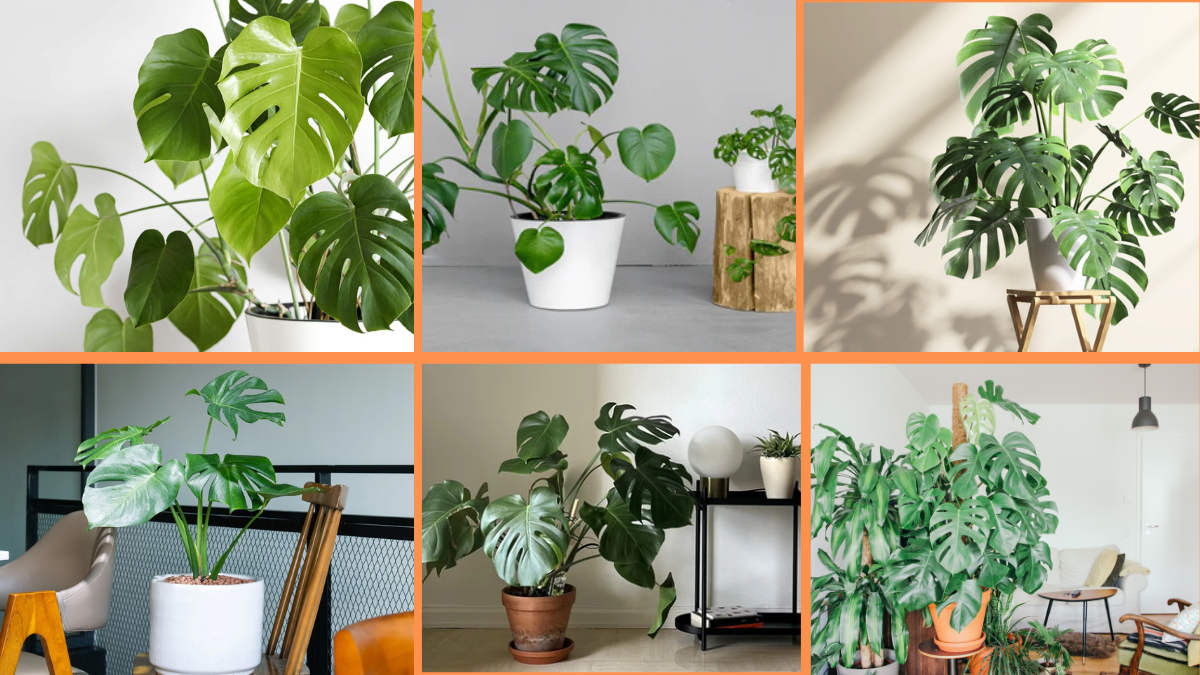If you’ve ever admired the dramatic, split leaves of a Monstera plant in a home décor magazine or trendy café, you’re not alone. Known as the Swiss Cheese Plant thanks to its perforated foliage, Monstera deliciosa has become a houseplant icon. Native to the tropical forests of Central America, this fast-growing, easy-to-care-for plant brings bold greenery and a touch of the jungle to any indoor space.
In this comprehensive guide, we’ll walk you through everything you need to know to start growing your own Monstera — from choosing the right plant and pot to providing optimal care for lush, healthy growth.
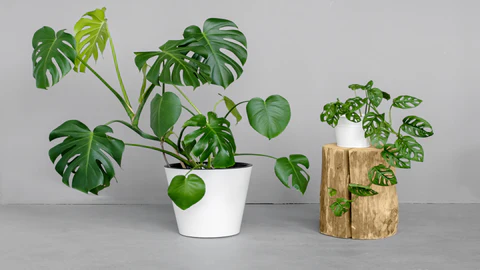
Why Choose Monstera for Your Home?
Before we get our hands dirty, let’s talk about why Monstera makes an excellent choice for plant lovers of all experience levels:
- Aesthetic Appeal: Its large, glossy, fenestrated leaves are a natural statement piece.
- Easy Maintenance: Monstera is forgiving and adapts well to various indoor environments.
- Air-Purifying: Like many houseplants, it helps clean indoor air.
- Longevity: With the right care, your Monstera can grow and thrive for decades.
Choosing Your Monstera Plant
When starting out, look for a healthy Monstera at your local nursery or online plant shop. A good candidate should have:
- Bright green, unblemished leaves
- No signs of pests (check undersides of leaves and stems)
- A firm, healthy root system (ask to check if possible)
Pro Tip: Younger Monsteras may not have the signature leaf splits (fenestrations) right away — they develop as the plant matures.
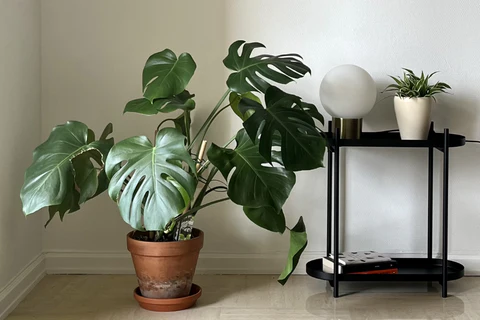
The Right Pot and Soil
Monsteras prefer a pot with ample drainage holes to avoid waterlogged roots, which can cause rot. Choose a pot that’s about 2 inches larger in diameter than your plant’s current root ball.
For soil, aim for a mix that balances moisture retention with good drainage. A quality houseplant mix enriched with:
- Peat moss or coco coir
- Perlite or pumice
- Orchid bark for aeration
This type of blend mimics the plant’s native jungle floor conditions.
Ideal Light Conditions
In the wild, Monsteras climb up trees beneath the jungle canopy. Indoors, they thrive in bright, indirect light.
Placement tips:
- Near an east or north-facing window is perfect.
- Avoid direct afternoon sun, which can scorch the leaves.
- If your space is darker, consider supplementing with a grow light.
Signs of too much or too little light:
- Too much: Yellowing or brown, crispy leaf edges.
- Too little: Slow growth, small leaves without splits.
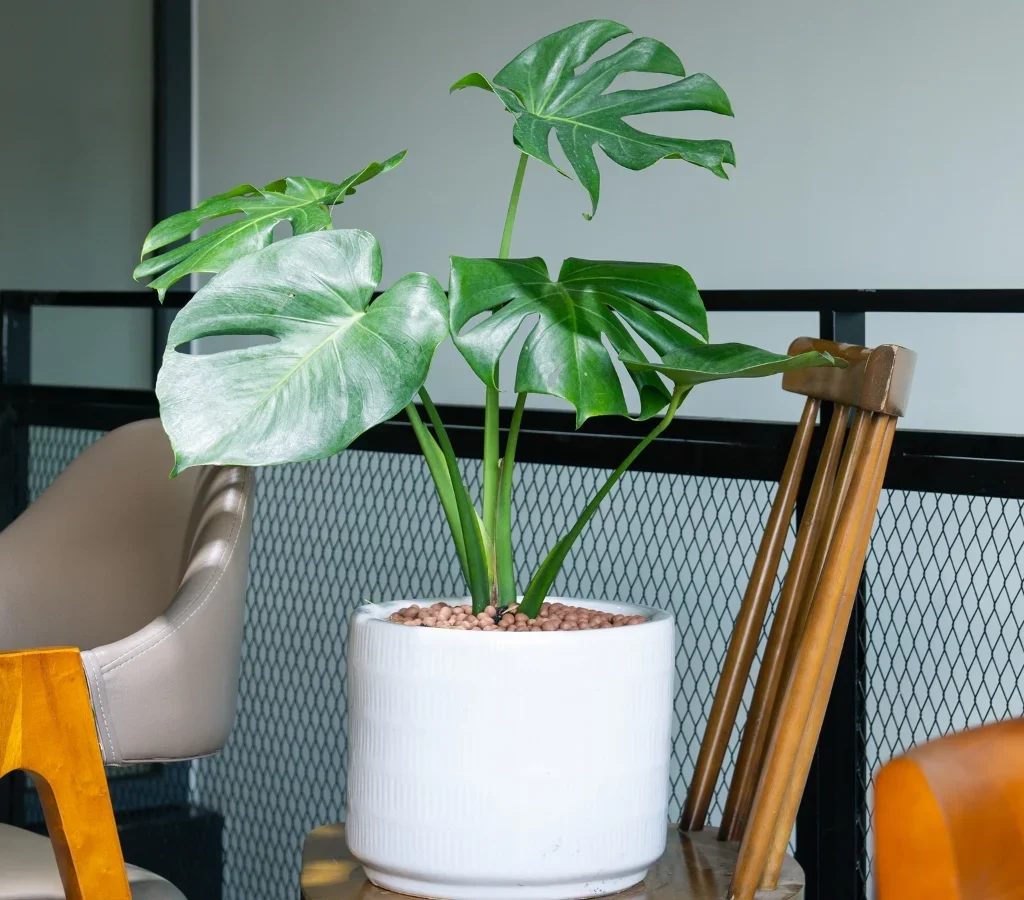
Watering and Humidity Needs
Monsteras prefer to dry out slightly between waterings. As a rule:
- Water thoroughly when the top 2 inches of soil feel dry.
- Use room-temperature, non-chlorinated water if possible.
In terms of humidity, these tropical plants enjoy a humid environment. Aim for 60-80% humidity, especially in drier months.
How to boost humidity:
- Place a humidifier nearby.
- Group plants together.
- Set the pot atop a pebble tray filled with water.
- Mist the leaves occasionally (avoiding water sitting on leaves too long).
Feeding and Fertilizing
Monsteras are moderate feeders. During the active growing season (spring and summer):
- Fertilize once a month with a balanced liquid houseplant fertilizer, diluted to half strength.
- In fall and winter, reduce feeding to every 6-8 weeks or pause altogether.
Tip: Watch for yellow leaves and slow growth as signs your plant might need more nutrients.
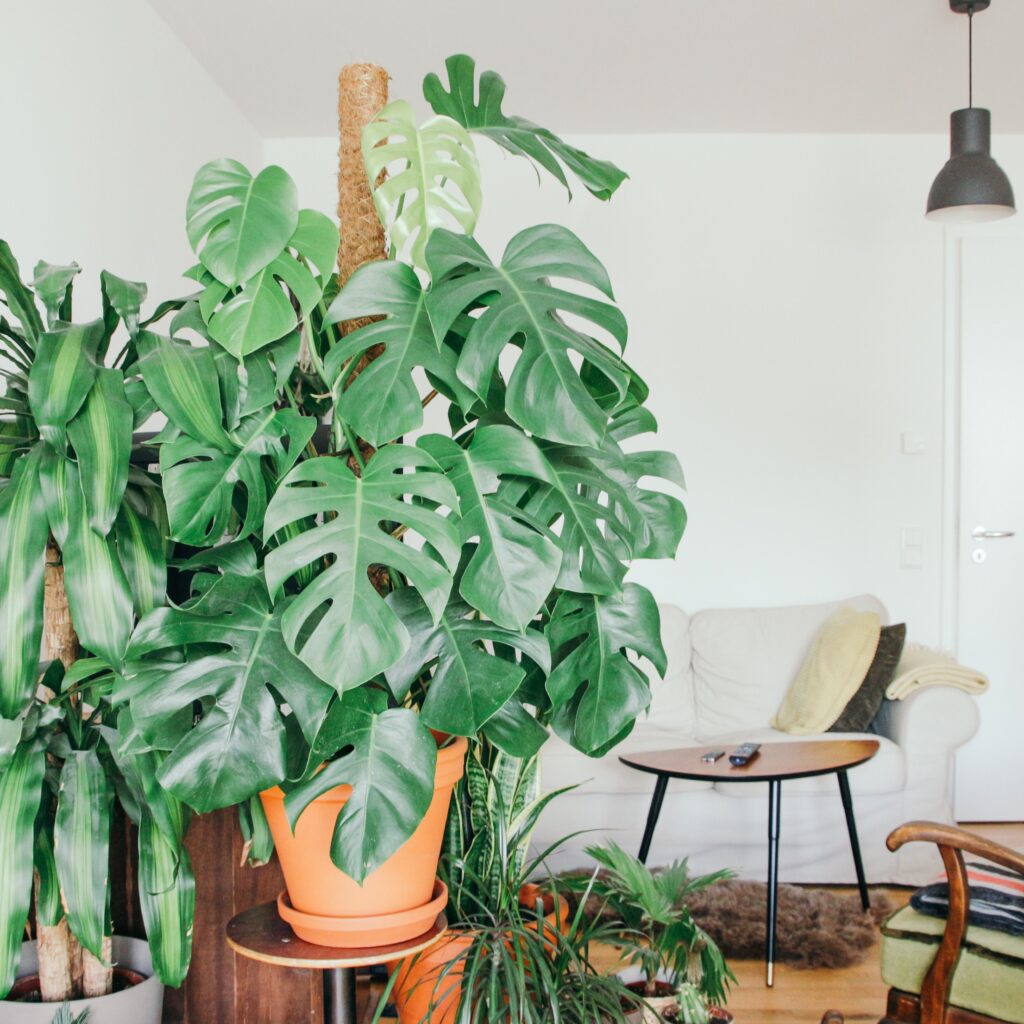
Pruning and Maintenance
While low-maintenance, occasional grooming keeps your Monstera healthy and attractive:
- Trim dead, yellow, or damaged leaves with clean scissors.
- Wipe dust from leaves with a damp cloth to help them breathe.
- As your Monstera grows, it may produce aerial roots. You can tuck these back into the pot or let them trail — they’re normal and help the plant climb.
Optional: Add a moss pole or trellis for your Monstera to climb as it matures.
Repotting Your Monstera
Monsteras grow quickly and typically need repotting every 1-2 years. Signs it’s time:
- Roots growing out of drainage holes.
- Water runs straight through the pot.
- Growth slows noticeably.
When repotting:
- Gently remove the plant from its pot.
- Loosen the root ball and trim any dead roots.
- Replant in fresh soil, one pot size up.
- Water thoroughly.
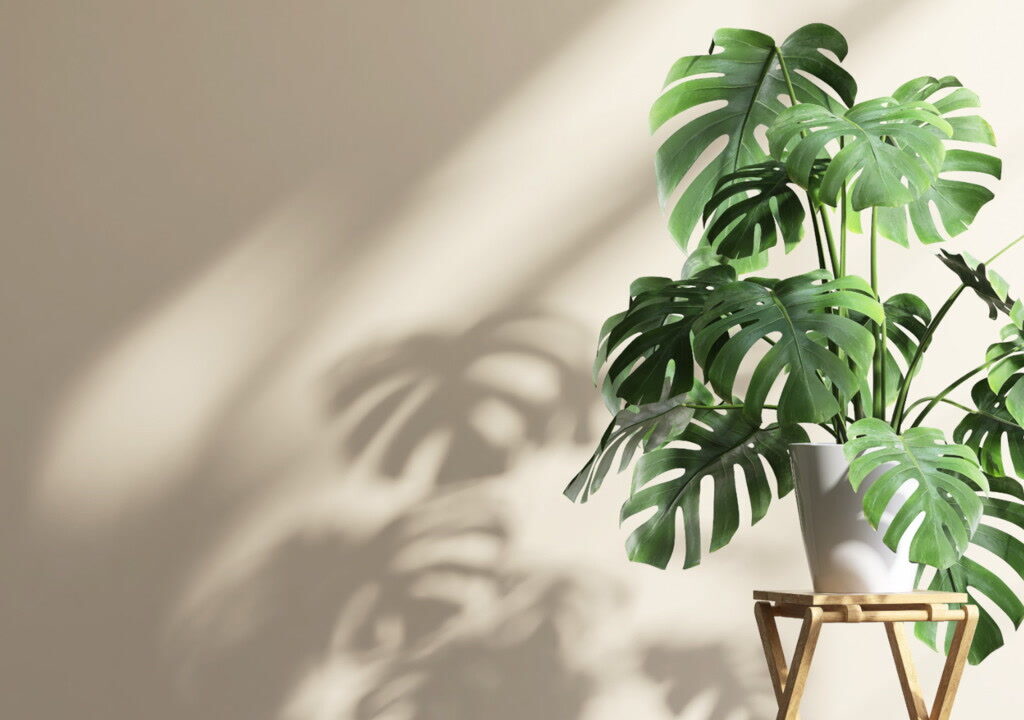
Common Problems and Solutions
Even the easiest plants can encounter issues. Here’s how to troubleshoot common Monstera problems:
| Problem | Cause | Solution |
|---|---|---|
| Yellowing leaves | Overwatering or poor drainage | Check soil moisture, reduce watering |
| Brown leaf tips | Low humidity or underwatering | Increase humidity, adjust watering |
| No fenestrations | Young plant or low light | Be patient; move to brighter spot |
| Drooping leaves | Underwatering or rootbound | Water thoroughly, check root space |
Propagating Monstera
Good news — Monstera is one of the easiest plants to propagate via stem cuttings.
Here’s how:
- Choose a healthy stem with at least one node (where a leaf joins the stem) and an aerial root if possible.
- Cut just below the node with clean, sharp scissors.
- Place the cutting in water, ensuring the node is submerged.
- After 2-4 weeks, roots will appear.
- Once roots are a few inches long, plant in soil.
Pro Tip: Change water every 3-5 days to keep it fresh.

Final Thoughts
Growing Monstera is a rewarding experience for both new and seasoned plant lovers. With its dramatic foliage and forgiving nature, it’s no wonder this tropical beauty has become a household staple around the world.
Key takeaways:
- Provide bright, indirect light.
- Use well-draining soil and a pot with drainage holes.
- Water when the top 2 inches of soil feel dry.
- Maintain moderate humidity.
- Fertilize during the growing season.
- Repot every 1-2 years.
- Propagate easily from stem cuttings.
With these care tips, your Monstera will soon become the lush, thriving centerpiece of your indoor plant collection.
